How to Check an Electric Vehicle Battery Before Buying a Used Electric Vehicle

When considering the purchase of a used electric vehicle (EV), one of the most significant aspects to evaluate is the battery. Understanding how to check the battery when buying a used electric vehicle can profoundly affect your investment and overall satisfaction. The health of the battery determines not only the range and performance characteristics of your future car but also its longevity and resale value.
Understanding EV Battery Basics – Electric Vehicle

Before diving deep into the specifics of evaluating a used electric vehicle’s battery, it’s essential to grasp some fundamental concepts about how EV batteries work, including their capacity, degradation, types, and more. With this knowledge, you will be better positioned to assess the condition and suitability of the vehicle you are considering.
Battery Capacity and Range
Electric vehicle batteries are primarily measured in kilowatt-hours (kWh), which indicates the amount of energy stored in the battery. A higher kWh rating generally translates to a longer driving range for the vehicle, allowing you to travel further on a single charge.
The typical range of electric vehicles varies significantly based on the make, model, and year of production. For example, some older models may offer around 70–100 miles on a full charge, while newer models can provide ranges exceeding 300 miles.
Understanding battery capacity can help you set realistic expectations regarding the vehicle’s performance. When checking the range, consider factors such as driving habits, weather conditions, and terrain, as these can all impact real-world efficiency.
Battery Degradation and Factors Affecting It
Battery degradation is an inevitable process that occurs with time and use. As a battery ages, its ability to hold a charge diminishes, ultimately affecting the vehicle’s range. Various factors contribute to battery degradation, including:
- Temperature extremes: Storing or charging the battery in excessive heat or cold can accelerate degradation.
- Charging habits: Frequent fast charging can lead to faster wear compared to regular home charging.
- Driving patterns: Aggressive acceleration and braking can put extra stress on the battery.
Understanding these factors empowers you to ask the right questions and examine the used vehicle thoroughly for signs of potential issues.
Types of EV Batteries (Lithium-ion, etc.)
The majority of modern electric vehicles utilize lithium-ion batteries due to their high energy density, efficiency, and relatively low weight. However, old models might still feature other battery technologies like nickel-metal hydride (NiMH) or even older lead-acid alternatives.
Each type of battery comes with its advantages and disadvantages. Lithium-ion batteries, for instance, offer a longer lifespan and greater range but can be susceptible to overheating. On the other hand, NiMH batteries tend to have a longer cycle life but typically provide lower efficiency.
By understanding the type of battery in the vehicle you aim to purchase, you can anticipate its performance, lifespan, and potential maintenance needs.
Pre-Purchase Research: Gathering Information

Before inspecting a used electric vehicle, gathering pertinent information about the vehicle’s history and battery specifications is crucial. This stage sets the tone for an informed assessment.
Checking the Vehicle’s History Report
One of the first steps in your research should involve obtaining a comprehensive vehicle history report. This document provides vital insights into the vehicle’s past, including:
- Accidents: Previous accidents can indicate hidden structural damage, especially surrounding the battery location.
- Service records: A documented history of maintenance can shed light on how well the car has been cared for.
- Ownership history: Knowing how many owners the vehicle has had can help gauge its reliability and care.
Utilizing services such as Carfax or AutoCheck can provide you with an extensive overview of the vehicle, facilitating a more informed purchasing decision.
Researching the Specific Battery Model
Next, it’s critical to research the specific battery model of the electric vehicle you’re considering. Many manufacturers have particular battery packs known for their reliability or, conversely, their problems.
Online forums, reviews, and consumer reports can be excellent resources for gathering information on the battery model’s reputation. Understanding common pitfalls associated with certain models helps you prepare for potential challenges and equips you to negotiate from a position of informed power.
Inspecting the Vehicle: Visual Inspection
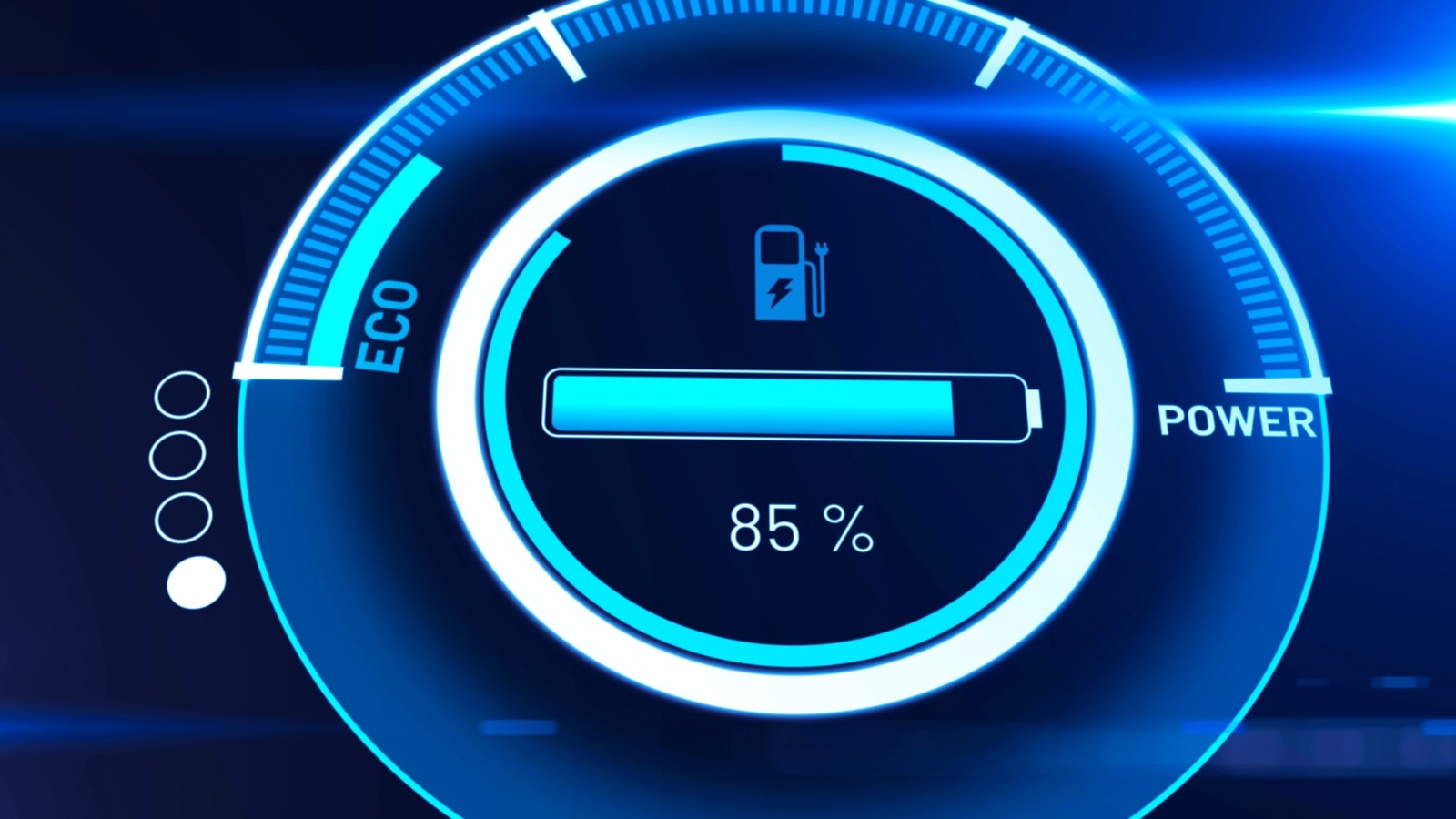
Once you’ve gathered preliminary information, the next step involves physically inspecting the vehicle. A thorough examination can reveal issues that might not be evident through documentation alone.
Examining the Battery Pack for Physical Damage
During your inspection, pay close attention to the physical condition of the battery pack. Look for any signs of external damage, such as dents, cracks, or corrosion.
Physical damage could indicate underlying issues that may not only compromise the battery’s performance but could also pose safety risks.
If possible, request access to the battery compartment so you can perform a more detailed inspection. If the seller is hesitant or refuses this request, consider it a red flag and proceed with caution.
Checking for Leaks or Unusual Odors
Another critical aspect of visual inspection is identifying any leaks or unusual odors emanating from the battery. Leaking fluid may signal serious problems, potentially leading to reduced performance or safety hazards.
Additionally, if you detect strange smells—especially burning or chemical odors—it’s best to walk away from the deal. These indicators often represent catastrophic failure scenarios or imminent battery failure and could entail costly repairs.
Reviewing the Vehicle’s Documentation
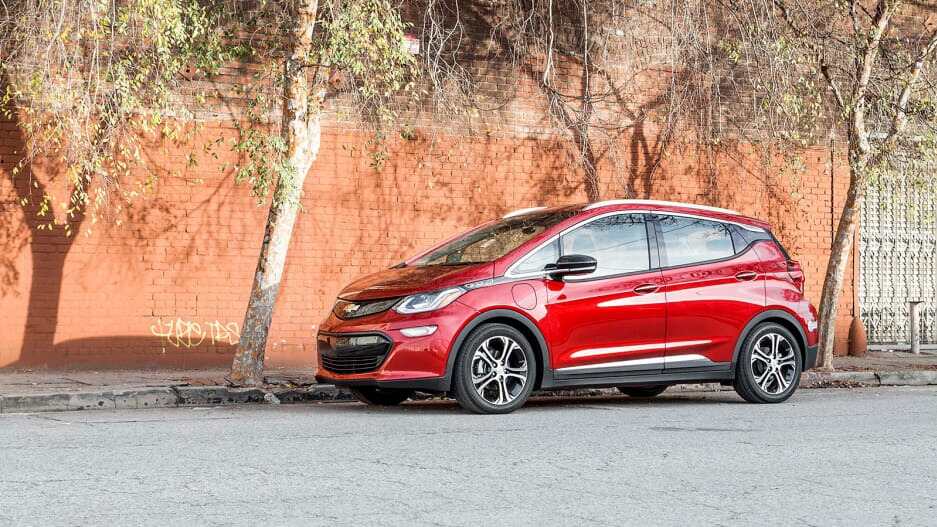
A thorough review of the vehicle’s documentation can confirm your findings from the inspection and provide additional insights into the battery’s history.
Verifying Service Records and Battery Health Reports
Request to see service records that specifically detail any maintenance work performed on the battery. A well-documented battery health report can offer clarity on the battery’s current status, including:
- State of Health (SOH): This metric indicates how much capacity remains compared to when it was new.
- Cycle counts: High cycle counts can indicate heavy usage, potentially signaling accelerated degradation.
Examine these documents closely; discrepancies can indicate mismanagement or concealment of issues.
Understanding Warranty Information (if any)
Finally, ascertain whether the vehicle still has a valid warranty covering the battery. Many manufacturers offer warranties extending up to eight years or 100,000 miles on electric vehicle batteries.
Understanding the warranty details can provide reassurance regarding potential repair costs. If a warranty is available, ensure it is transferable before finalizing your purchase.
Utilizing Onboard Diagnostics (OBD)
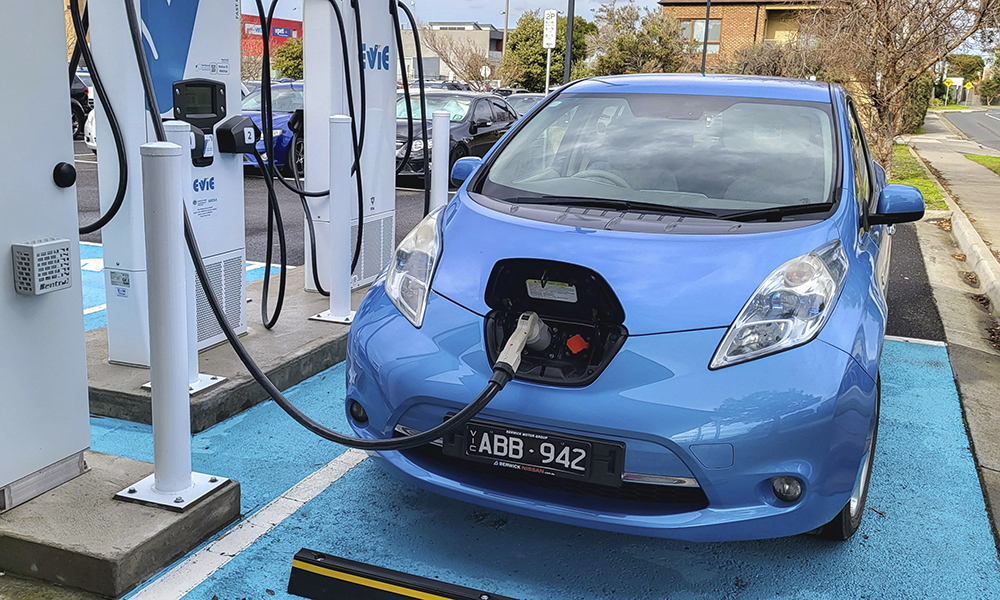
Modern electric vehicles come equipped with onboard diagnostics (OBD) systems that can offer valuable insights into the health of the battery and overall vehicle performance.
Accessing Battery Data Through OBD-II Scanner
Using an OBD-II scanner can allow you to extract critical battery data directly from the vehicle’s computer system. Many scanners can interface with smartphone apps to provide live updates on:
- Voltage levels
- Current draws
- Temperature readings
By analyzing this data, you can assess the battery’s operational status and identify any irregularities that could suggest future problems.
Interpreting Key Battery Metrics (Voltage, Current, Temperature)
Understanding battery metrics is crucial for evaluating the vehicle’s potential performance. Here are three critical metrics to analyze:
- Voltage: Consistently low voltage readings can indicate issues with battery cells.
- Current: Monitoring current draws during different driving conditions can provide insight into the battery’s efficiency.
- Temperature: Elevated temperature levels can indicate overheating issues that may shorten battery life.
Interpreting these metrics accurately can demystify the battery’s condition and help you make an educated purchasing decision.
Independent Battery Testing

If you’re still unsure about the battery’s health after conducting checks, seeking independent testing may provide peace of mind.
Finding a Qualified EV Mechanic or Specialist
Research local mechanics specializing in electric vehicles. Not all automotive shops have the tools or expertise to effectively test EV batteries.
Seek recommendations from other EV owners or online communities to find reputable specialists who understand the intricacies of electric vehicle technology. A qualified technician can perform comprehensive diagnostic tests to evaluate the battery’s health accurately.
Understanding the Cost and Process of Professional Testing
Depending on where you go, professional battery testing can range in price. While some shops may offer affordable inspections, others may charge upwards of several hundred dollars for thorough evaluations.
Understand what the service includes; some providers may give a detailed report that outlines the battery’s present condition, SOH, and possible concerns. This detailed analysis can empower you to negotiate the purchase price more effectively.
Analyzing Range and Charging Performance
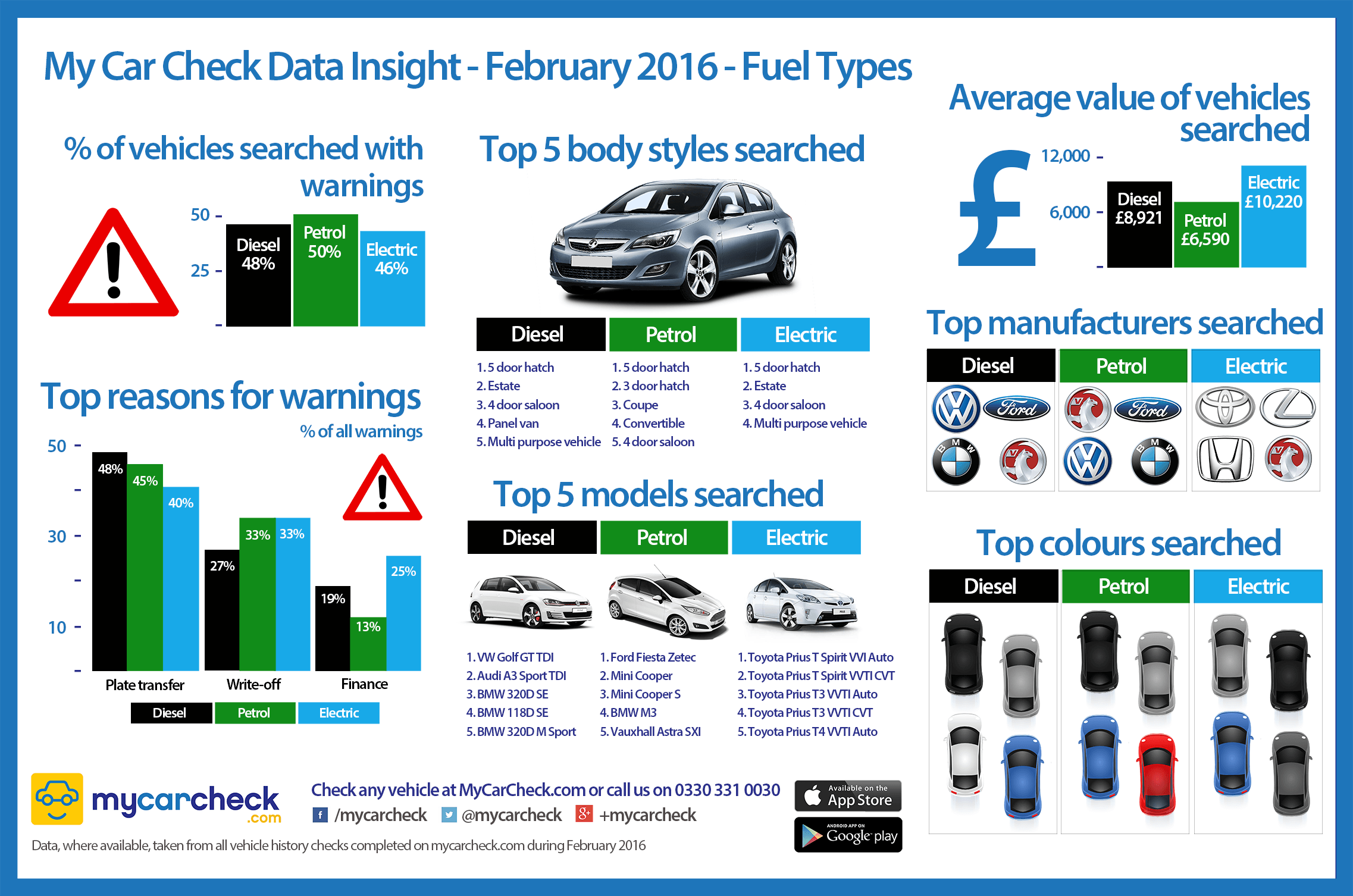
Understanding how far an electric vehicle can travel on a full charge is crucial to ensuring it meets your needs.
Testing the Actual Range Compared to Advertised Figures
While manufacturers provide estimates for range, real-world performance can differ significantly. Verify this by:
- Taking the car for a test drive under various conditions to see how far it travels on a full charge.
- Asking the seller about their experiences regarding range and charging frequency.
Tooling around town can reveal how the vehicle performs in urban versus highway settings, giving you a clearer picture of what to expect day-to-day.
Evaluating Charging Speed and Efficiency
Beyond just range, another essential factor is charging speed. Inquire about the following:
- Home charging: What kind of charger does it require, and how long will it take to reach full capacity?
- Fast charging: Can the vehicle utilize fast chargers, and if so, how quickly does it charge?
These aspects can significantly influence your experience as an EV owner. Understanding charging capabilities ensures that you choose a vehicle that fits seamlessly into your lifestyle.
Interpreting Battery Health Reports
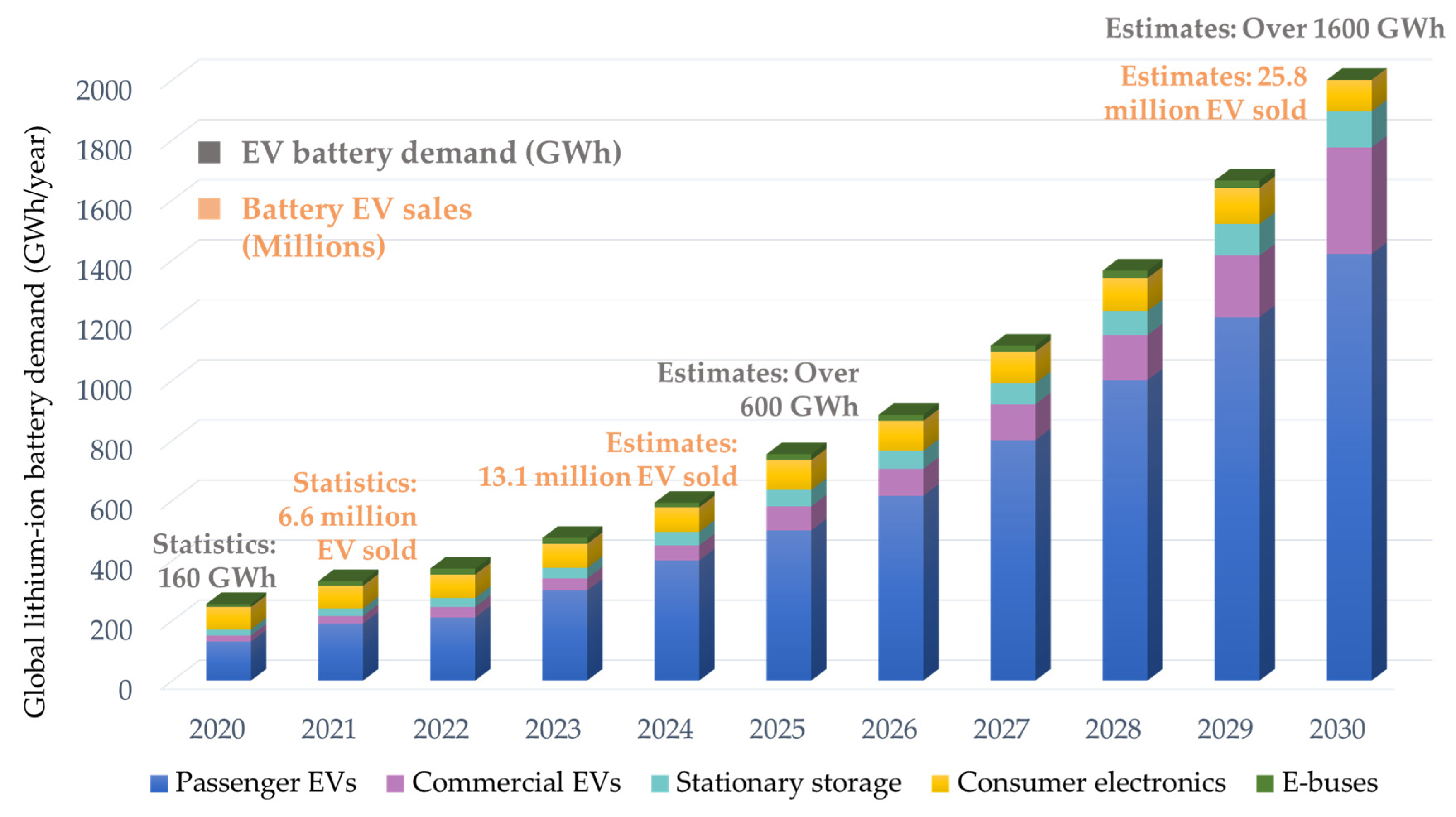
If you manage to obtain a battery health report, knowing how to interpret it can save you from costly mistakes.
Understanding State of Health (SOH) and State of Charge (SOC)
Two fundamental terms to familiarize yourself with are:
- State of Health (SOH): This percentage indicates the remaining usable capacity of the battery compared to its original condition. A healthy battery typically retains above 80% SOH after several years of usage.
- State of Charge (SOC): This figure shows the current charge level of the battery expressed as a percentage. Understanding SOC can help you gauge how much further you can travel before recharging.
Familiarizing yourself with these metrics allows you to make informed decisions and avoid potential pitfalls when purchasing an electric vehicle.
Recognizing Potential Warning Signs
A good battery health report will highlight any concerning indicators. Be cautious of:
- Low SOH: Anything below 70% may require immediate replacement or expensive refurbishing.
- Frequent need for charging: If the vehicle consistently requires more frequent charges than expected, it may indicate underlying issues.
Identifying these warning signs early can save you substantial headaches in the future.
Negotiating the Purchase Price
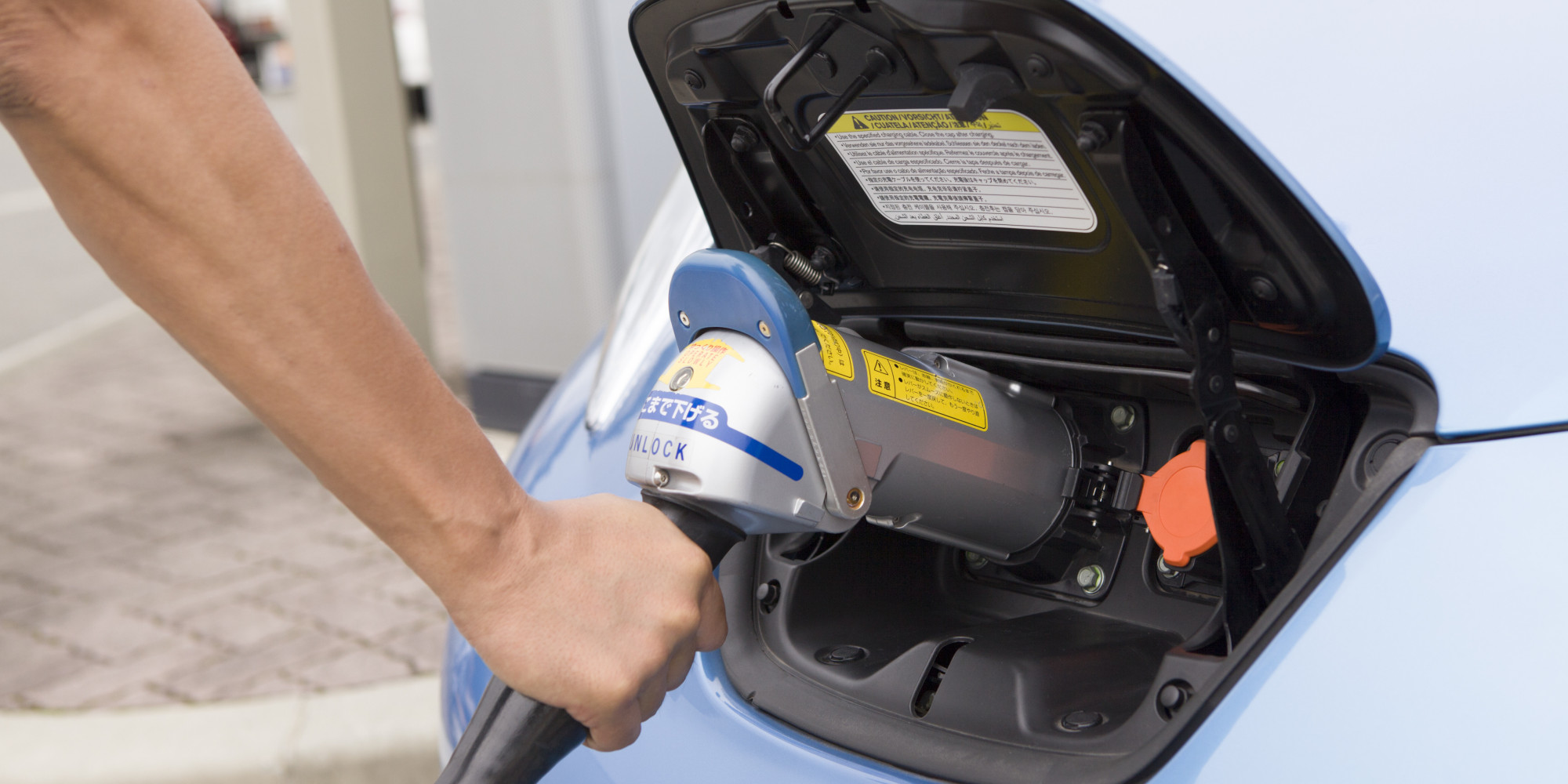
Once you’ve established a comprehensive understanding of the vehicle’s battery condition, it’s time to negotiate.
Considering Battery Condition in Price Negotiations
When discussing the purchase price, remember that the battery’s health significantly influences the car’s overall value.
If the battery shows signs of significant degradation or requires immediate servicing, leverage this information to negotiate a fair price. Being armed with data and reports presents you as a knowledgeable buyer, making it harder for sellers to overlook necessary price adjustments.
Understanding the Potential Costs of Battery Replacement
Keep in mind that replacing an EV battery can be exceptionally costly, often ranging anywhere from $5,000 to $15,000 depending on the make and model.
Consider researching replacement costs for the specific vehicle model you’re interested in to back your negotiation. This knowledge can shape your bargaining strategy and prevent paying too much for a car requiring substantial future investment.
Legal Protections and Consumer Rights
As a used car buyer, it’s essential to know your legal rights and protections.
Knowing Your Rights as a Used Car Buyer
In many jurisdictions, buyers are afforded certain rights, including:
- Disclosure requirements: Sellers may be legally obligated to disclose known issues with the vehicle, including battery condition.
- Return policies: Understand what recourse you have if the vehicle fails to meet agreed-upon standards.
Researching local laws can illuminate your rights, empowering you to navigate negotiations confidently.
Addressing Potential Issues with the Seller
If you encounter issues post-purchase, knowing the appropriate channels to address them is crucial. Always maintain open communication with the seller and document any concerns comprehensively.
Should disputes arise, consult with consumer protection agencies or legal professionals knowledgeable about auto sales regulations. Having proper documentation and follow-up conversations can strengthen your case if you face difficulties.
Post-Purchase Care and Maintenance
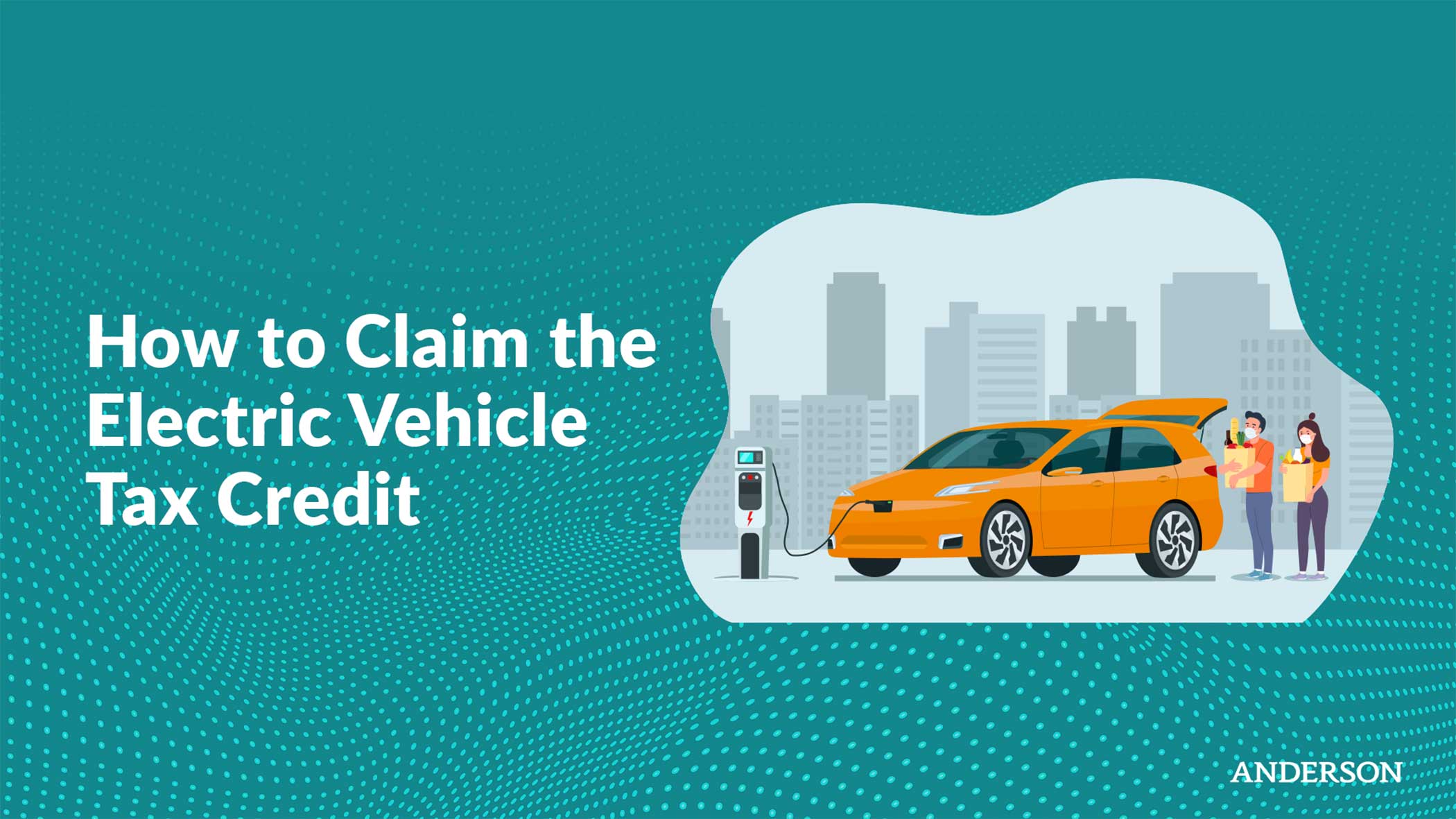
Congratulations! If you successfully navigated the evaluation process and purchased a used electric vehicle, ongoing maintenance and care are critical to extend its lifespan.
Regular Battery Monitoring and Maintenance Tips
To maximize the longevity of your EV battery, consider implementing these habits:
- Regular charging: Ensure you don’t frequently deplete the battery to very low levels, as this can accelerate degradation.
- Temperature management: Park in shaded areas during hot weather and in garages during winter months to minimize temperature extremes.
- Scheduled maintenance: Follow the manufacturer’s recommendations for periodic checks and servicing.
Implementing these practices will help optimize your vehicle’s performance and prolong battery life.
Extending the Lifespan of Your EV Battery
Finally, be proactive in safeguarding your battery’s health. Some practical strategies include:
- Avoiding rapid charging: While convenient, frequent fast-charging may strain the battery over time.
- Keeping it clean: Maintain the cleanliness of both the battery and its terminals to prevent corrosion or damage.
By adopting these measures, you can help ensure that your electric vehicle remains a reliable and efficient mode of transportation for years to come.
Video
Conclusion
Checking the battery before buying a used electric vehicle is an indispensable process that encompasses a myriad of considerations—from understanding EV battery basics to conducting thorough inspections, utilizing diagnostics, and interpreting reports. By taking the time to conduct comprehensive research and analysis, you can safeguard your investment and enjoy a fulfilling electric vehicle ownership experience. Remember, knowledge is power in the realm of used EV purchases, so equip yourself with the facts to make an informed decision.
You can read: Everything You Need to Know About Electric Vehicle Credit


